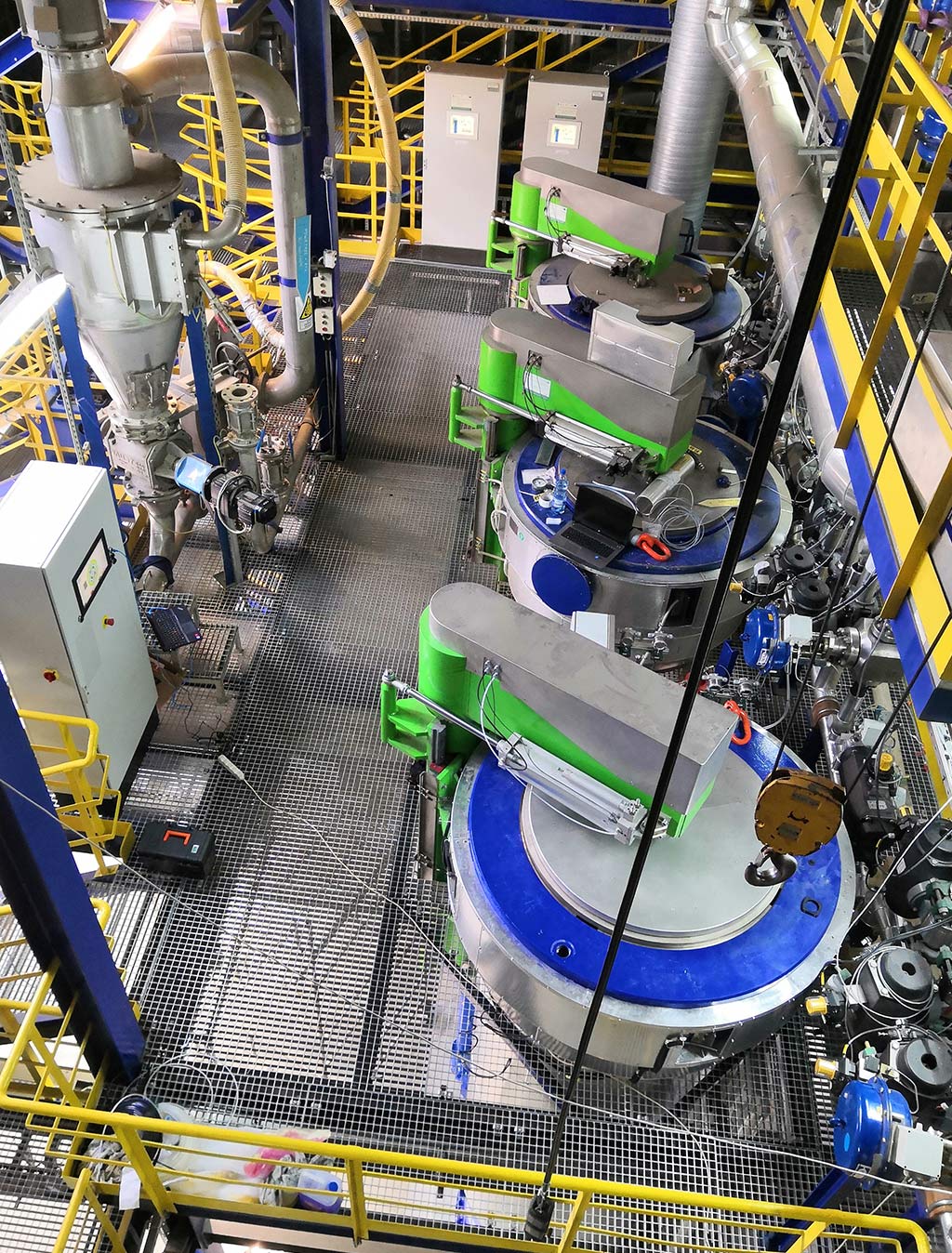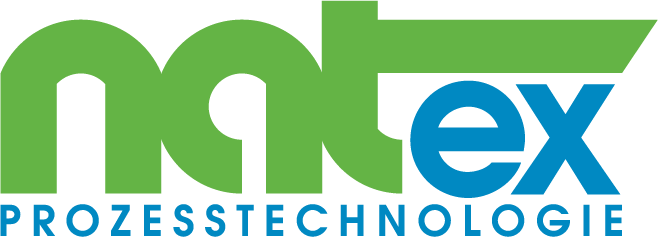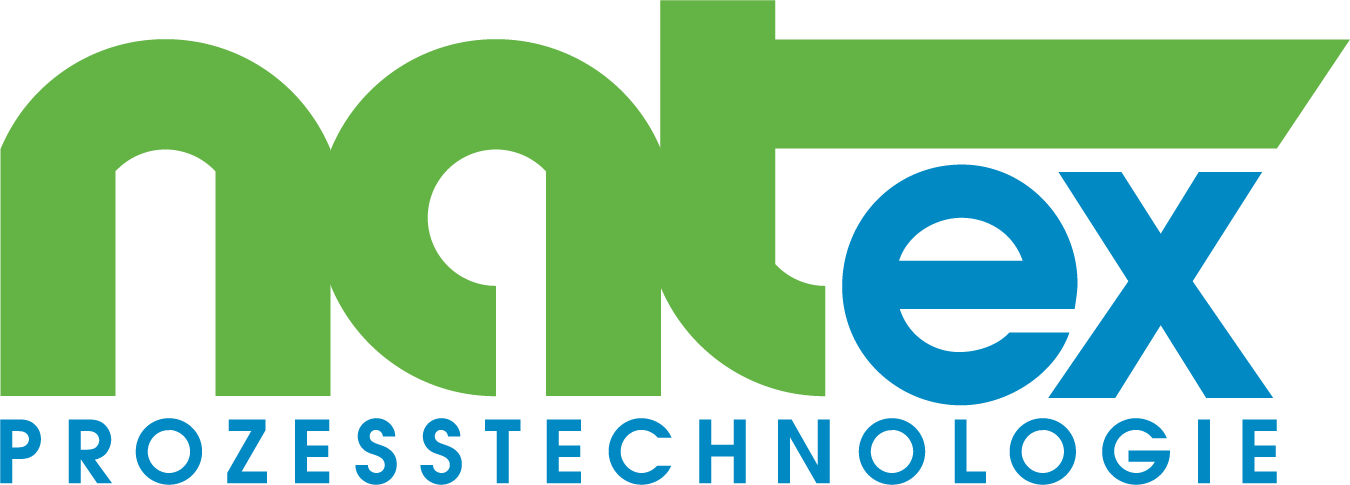Supercritical CO₂ Technology
CO₂ as supercritical fluid is used in a variety of processes where its unique properties are advantageous for the process and the processed materials. NATEX is continuously expanding the list of applications and technologies. High pressure CO₂ processes are based on the principle that gases in a supercritical state (above the critical pressure and the critical temperature) can dissolve larger quantities of substances than the partial pressure of the substance in the solvent would normally permit. Nevertheless, they penetrate solid structures like a gas and are therefore combining advantages of those states. Especially for the food, pharmaceutical, and cosmetic industry, there are several interesting advantages for using CO₂.
Advantages:
CO₂ as a process fluid is:
Extracts & Raw Materials:
The Processes are:

Solubility of Substances in CO2
For the development of CO2 based processes it is also important to understand which components are soluble in this process fluid and which are not. In general, the more volatile a compound the higher its solubility in CO2 (supercritical and fluid) and the easier the supercritical fluid extraction process. Therefore, the below mentioned list serves as first indication. The properties of CO2 and the solubilities of the compounds can be modified by injection of co-solvents and varying temperature and pressure.
Easy soluble
Soluble
Low Soluble
Unsoluble
Established Processes
The established processes based on this technology include:
Extraction of solid raw materials:
This process involves using supercritical CO₂ to extract valuable compounds from solid materials. The high solubility of substances in supercritical CO₂ allows for efficient extraction, resulting in pure and high-quality extracts.
Processing of liquids:
Supercritical CO₂ can be used to process liquids, enhancing the quality and purity of the final product. This method is particularly beneficial for the food and pharmaceutical industries, where maintaining the integrity of the product is crucial.
Impregnation
This process involves using supercritical CO₂ to impregnate materials with specific substances. The ability of supercritical CO₂ to penetrate solid structures like a gas makes it an ideal medium for impregnation, ensuring uniform distribution of the substance within the material.
Particle generation:
Supercritical CO₂ technology can be used to generate particles with specific characteristics. By controlling the pressure and temperature during the particle formulation process, it is possible to produce particles with desired sizes and properties, which is valuable for various industrial applications.
NATEX continues to innovate and expand the applications of supercritical CO₂ technology, making it a versatile and valuable tool across multiple industries. The unique properties of CO₂ in its supercritical state offer numerous advantages, from safety and environmental benefits to the production of high-quality products and NATEX is able to support you from the initial idea to a full scale production plant.

